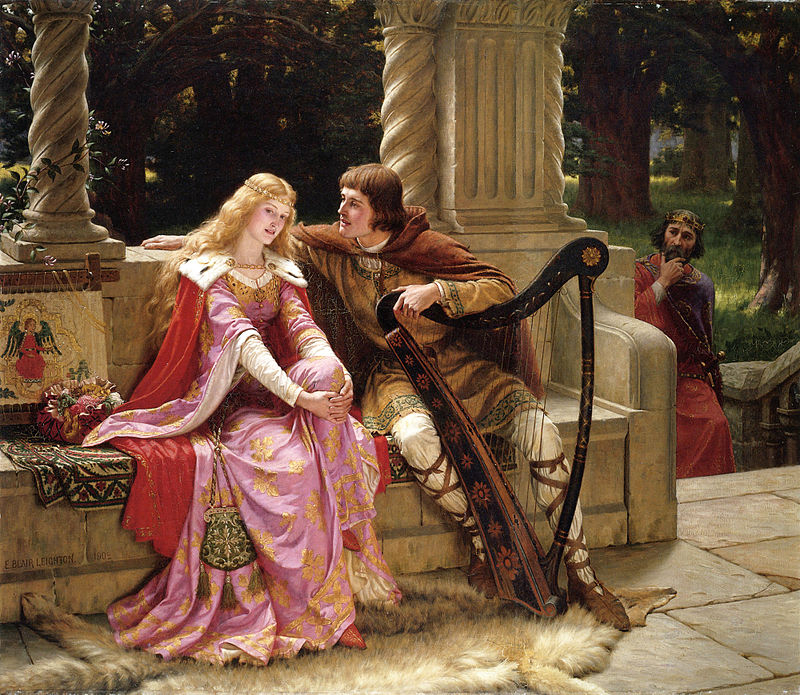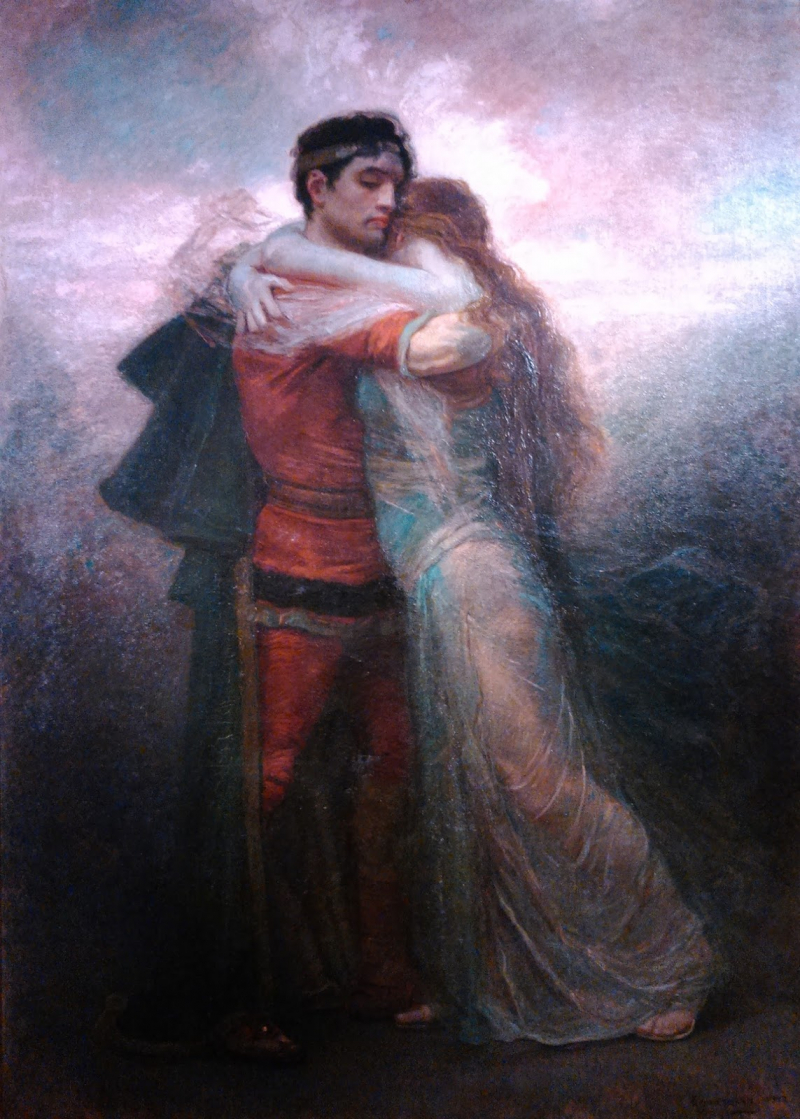Sir Tristan
The protagonist of the Tristan and Iseult mythology is Tristan. The Irish princess Iseult is to be escorted by him to marry Tristan's uncle, King Mark of Cornwall, according to the mythology. While traveling, Tristan and Iseult unintentionally ingest a love potion and fall in love. This starts an illicit romance that ultimately results in Tristan's exile and death. The character first appears in writing in the Prose Tristan and retellings of British legend by Thomas of Britain and Gottfried von Strasburg from the 12th century. He appears in Arthurian legends as a competent knight and Lancelot's buddy, notably the ground-breaking book Le Morte d'Arthur.
Tristan's origins in history are unknown, however his connection to Cornwall may be due to the Tristan Stone, a granite pillar in Cornwall from the sixth century bearing the name Drustanus (a variant of Tristan). Numerous historical and contemporary works of literature, music, and film have featured him. Tristan is portrayed as a tragic love figure in Richard Wagner's Tristan und Isolde, a significant opera from the 19th century.
Iseult captures Tristan's attention, and the two fall head over heels in love. According to legend, there was a love triangle between them, with Sir Palomedes, a fellow Knight of the Round Table who was also smitten with Iseult in Ireland, completing the set.













